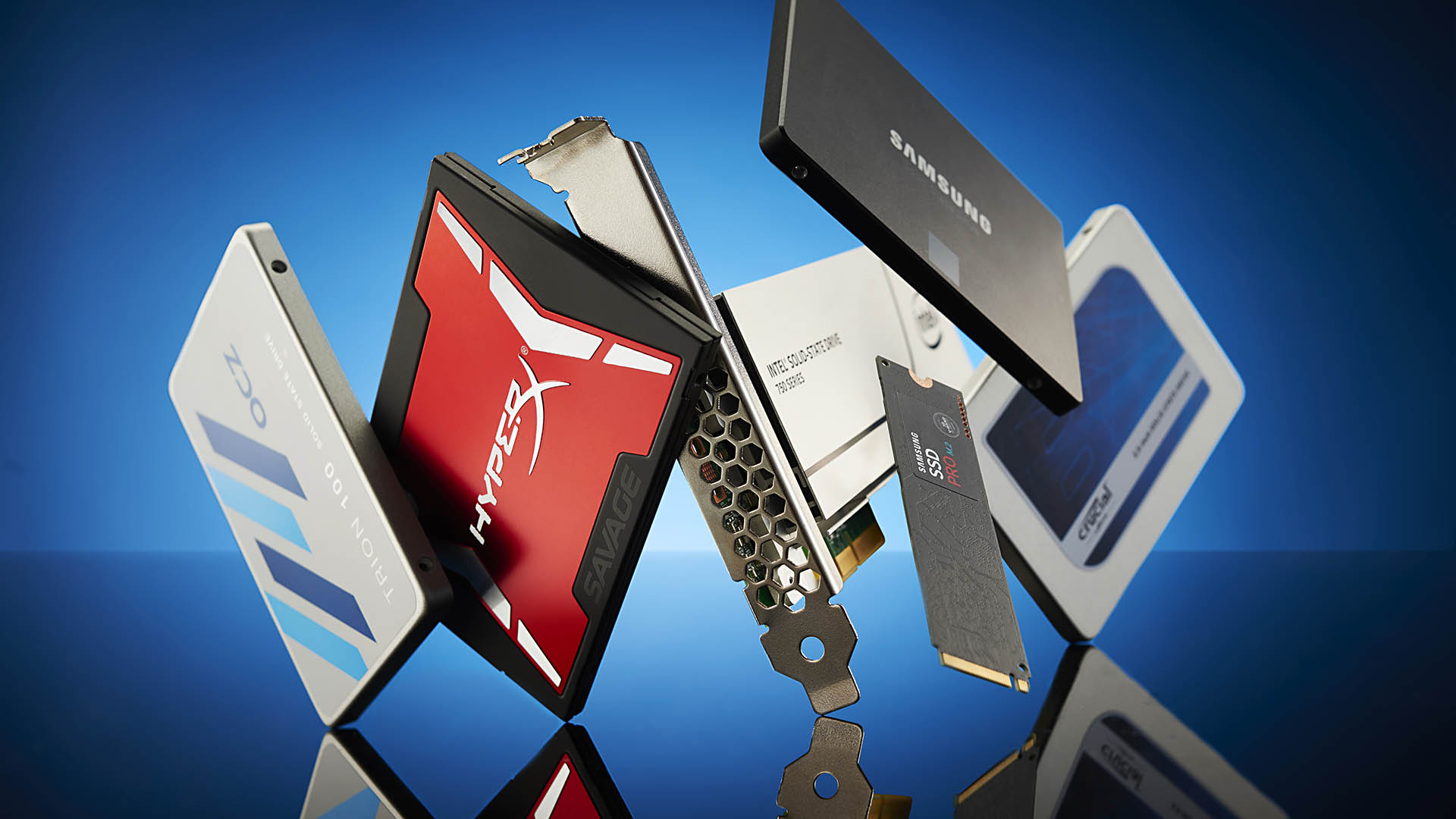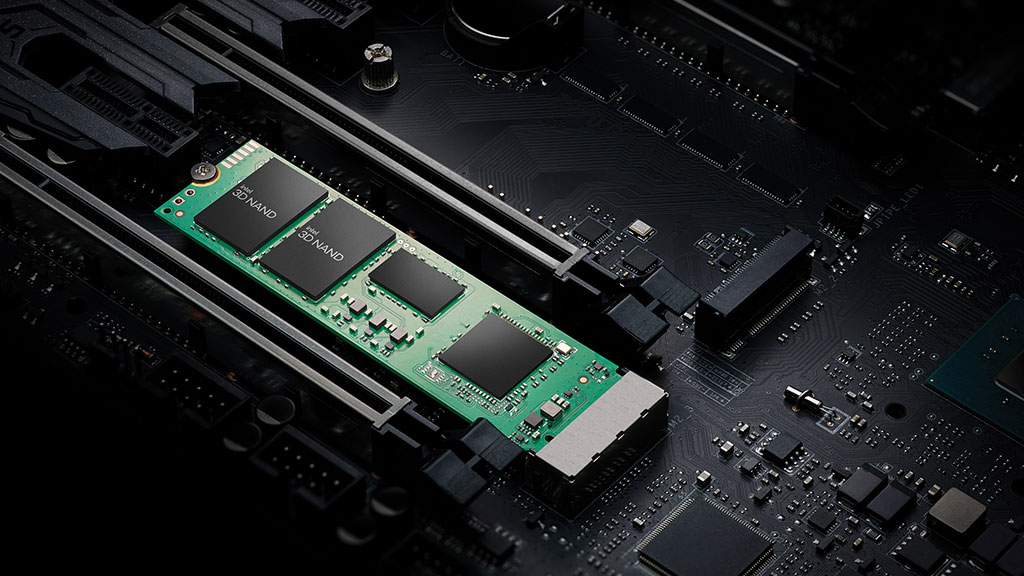Storage study indicates SSDs fail less often than HDDs, and also maybe not
Backblaze for the first time incorporated SSD failure stats into its storage reliability report.

Which is the more reliable storage medium, a solid state drive (SSD) or a hard disk drive (HDD)? To help answer that question, cloud backup provider Backblaze provided some interesting drive failure stats in its latest reliability report, and things are looking good for SSDs. So far, anyway.
Before now, Backblaze has never included SSD stats into its reliability reports. It only began using SSDs as boot drives a little over two years ago, as that is when it could finally procure models around 200GB in capacity for less than $50, which is what it was paying for 500GB HDDs.
So now two years later, Backblaze is able to compare failure rates between its SSDs and HDDs as boot drives, from within the same environment. Out of the 1,518 SSDs deployed, only two of them failed last quarter (January 1 through March 31, 2021), for an annualized failure rate of 0.58%.
Meanwhile, 44 out of 1,669 HDDs failed during the same time period, resulting in a much higher annualized failure rate of 10.56%.
Backblaze also provided lifetime HDD and SSD annualized failure rates, from April 20, 2013 to March 3, 2021. Over the past eight years, Backblaze experienced 559 HDD failures, for a 6.04% annualized failure rate, compared to eight SSD failures for a piddly 0.65% failure rate.
Simply put, "SSD drives fail less often than HDD drives," so case closed, right? Not so fast. Backblaze readily acknowledges "that ignores one important factor: drive age."
"If we focus on the age of each of the cohorts, there are potential cracks in our 'SSD drives are better' supposition," Backblaze says.
Keep up to date with the most important stories and the best deals, as picked by the PC Gamer team.
On average, the SSDs included in the latest reliability report are just 12.7 months old, versus the average age of the HDDs deployed as boot drives being 49.6 months. The oldest SSD in Backblaze's stable is 30 months, while the youngest HDD is 24 months. And the oldest HDD is 96 months, or eight years).
So there is a big discrepancy in drive age, and it is a data point that matters when it comes to evaluating storage reliability and drive failure stats.
"Basically, the timelines for the age of the SSD and HDD drives don’t overlap very much and in general drive failure rates typically increase as drive population ages. These two considerations make the conclusion that SSD fail less often than HDD drives not as clear cut as it first seems," Backblaze says.

There is another aspect that is not really discussed in detail by Backblaze, that being the limited write durability of SSDs. That becomes a bigger factor when using an SSD to perform frequent backups—NAND flash memory cells wear out after many repeated writes. This doesn't matter quite as much when buying an SSD for a gaming PC (though generally speaking, if looking for the best SSD for gaming, you should still consider the endurance rating in terabytes written, or TBW).
Probably for that reason, Backblaze does not use SSDs for storing customer data. However, the company says labeling them as boot drives "is a misnomer as this cohort is also used to store log files for system access, diagnostics, and more." They're regularly reading and writing data, in other words, and deleting files, which are chores in addition to booting up servers.
So what's the takeaway? In the early going, it sure seems SSDs fail less often than HDDs, at least in a supercharged boot environment. But more time and stats are needed for a better comparison with HDDs. In the more immediate future, Backblaze says it will plans to examine failure stats from the early years of each storage medium, and will publish those results in the coming months.
Paul has been playing PC games and raking his knuckles on computer hardware since the Commodore 64. He does not have any tattoos, but thinks it would be cool to get one that reads LOAD"*",8,1. In his off time, he rides motorcycles and wrestles alligators (only one of those is true).


